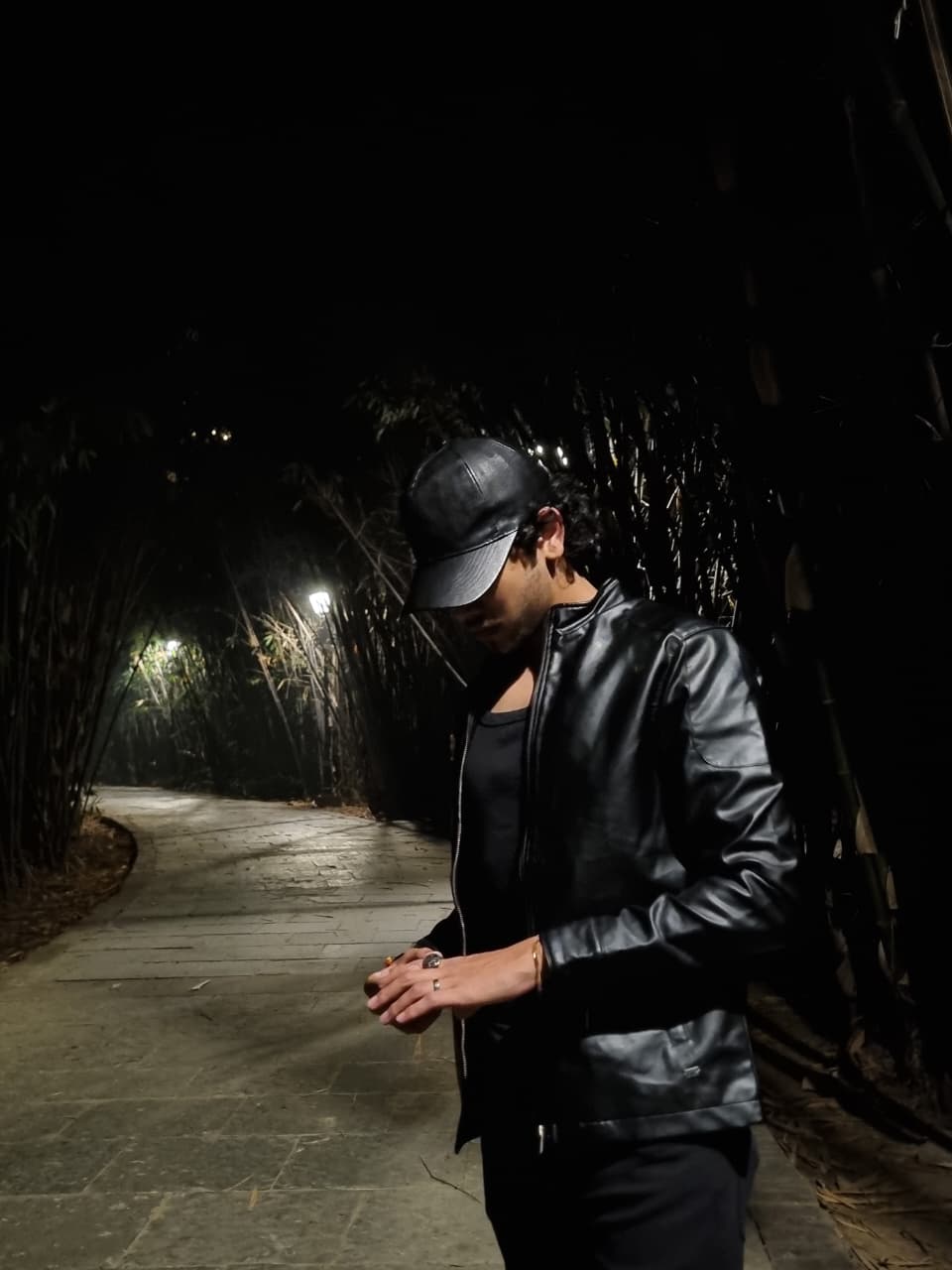How AI Is Reshaping Manufacturing in Unprecedented Ways
AI technologies are revolutionizing factory floors worldwide, enabling smarter production processes, reduced waste, and mass customization at scale.
you are being scammed, daily millions of bots do comments , likes etc.


Social media platforms have become breeding grounds for sophisticated bot networks that generate fake comments, likes, and engagement at an industrial scale. These AI-powered bots have evolved far beyond the clumsy, generic responses of the past—they now craft contextually relevant replies, use colloquial language, and even mimic emotional responses that make them virtually indistinguishable from real people. Users scrolling through their feeds engage in what they believe are genuine human conversations, responding to comments, debating viewpoints, and forming connections, completely unaware they're interacting with automated algorithms. These bots inflate engagement metrics, create false consensus around products or ideas, and manipulate public opinion by making certain perspectives appear more popular than they actually are. The scale is staggering: estimates suggest that anywhere from 5% to 15% of social media accounts are bots, with some controversial topics or viral posts attracting bot engagement rates exceeding 50%. What makes this particularly insidious is the psychological impact—when people believe they're part of a larger community or movement, validated by dozens of seemingly authentic responses, they're less likely to question the authenticity of what they're seeing. The line between human and machine interaction has blurred to the point where most users can't tell the difference, fundamentally undermining the authenticity of online discourse and turning social platforms into sophisticated illusion machines where reality itself becomes negotiable.
In general terms, social media bots are computerized systems designed to participate in online social platforms. These automated accounts operate with varying degrees of independence, ranging from semi-autonomous to completely self-directed, and are frequently programmed to replicate genuine human behavior. Although some social media bots serve legitimate purposes, a substantial number are deployed for deceptive and harmful objectives. Certain analyses indicate that these malicious automated accounts constitute a considerable portion of the total user base across social media networks.
Though these concepts are occasionally treated as synonymous, chatbots are automated systems capable of engaging in independent dialogues, whereas social media bots don't necessarily possess this functionality. Chatbots can interpret and react to user messages, but social media bots aren't required to understand conversational dynamics. In reality, numerous social media bots never utilize language-based communication whatsoever; they merely execute basic actions like delivering follows and likes.
Social media bots also operate at a significantly broader scale compared to chatbots, due to differences in oversight requirements. A chatbot typically demands dedicated attention from an individual or even an entire team to sustain its operations. Conversely, social media bots are far less complex to oversee, and frequently hundreds or even thousands of these automated accounts are controlled by a single operator.
Certain automated social media accounts serve beneficial purposes, including delivering weather forecasts and athletic results. These legitimate automated accounts openly disclose their non-human nature, ensuring users understand they're engaging with bots. Conversely, numerous social media bots operate with harmful intent, masquerading as genuine human profiles.
Harmful social media bots serve multiple malicious objectives:
Twitter executives have testified before Congress that as many as 5% of Twitter accounts are operated by bots. Experts who have applied logarithms designed to spot bot behavior have found the number may be closer to 15%. That number likely applies to other social platforms as well.
It’s not easy to pinpoint exactly how many social media accounts are bot accounts, since so many of the bots are designed to mimic human accounts. In many cases, humans cannot tell bot accounts apart from legitimate human accounts.
While some social media bots very obviously exhibit non-human behavior, there is no surefire way to identify more sophisticated bot accounts. A study from the University of Reading School of Systems Engineering found that 30% of people in the study could be deceived into believing a social media bot account was run by a real person.
In some cases it can be very hard to spot a bot. For example, some bots use real users' accounts that were previously hijacked by an attacker. These hijacked bot accounts have very convincing pictures, post histories, and social networks. In fact, even a non-hijacked account can create a real social network: A study found that one in five social media users always accept friend requests from strangers.
While some of the most advanced social media bots can be hard to spot even for experts, there are a few strategies to identify some of the less sophisticated bot accounts. These include:
Eliminating harmful social media bots presents significant challenges without straightforward solutions. Although various stakeholders advocate for social media platforms to enforce stricter account registration protocols, these companies remain reluctant to implement such measures because:
Although social networks may deploy bot detection and prevention tools to eliminate some automated accounts, individual users must remain alert and discerning on social platforms, as the bot problem continues to persist without a definitive resolution.
The battle against social media bots is far from over, and complete eradication may never be achievable. However, awareness is the first line of defense. By understanding how bots operate, recognizing their telltale signs, and approaching social media engagement with healthy skepticism, users can protect themselves from manipulation. While platforms continue to refine their detection methods and policymakers debate regulatory frameworks, individual vigilance remains crucial. The next time you encounter a suspiciously enthusiastic comment, an account with thousands of followers but minimal genuine interaction, or a viral post that seems engineered rather than organic, pause and question what you're seeing. In an era where bots increasingly shape our digital reality, critical thinking isn't just helpful—it's essential. The authenticity of our online experiences depends on our collective ability to distinguish between human connection and algorithmic deception.